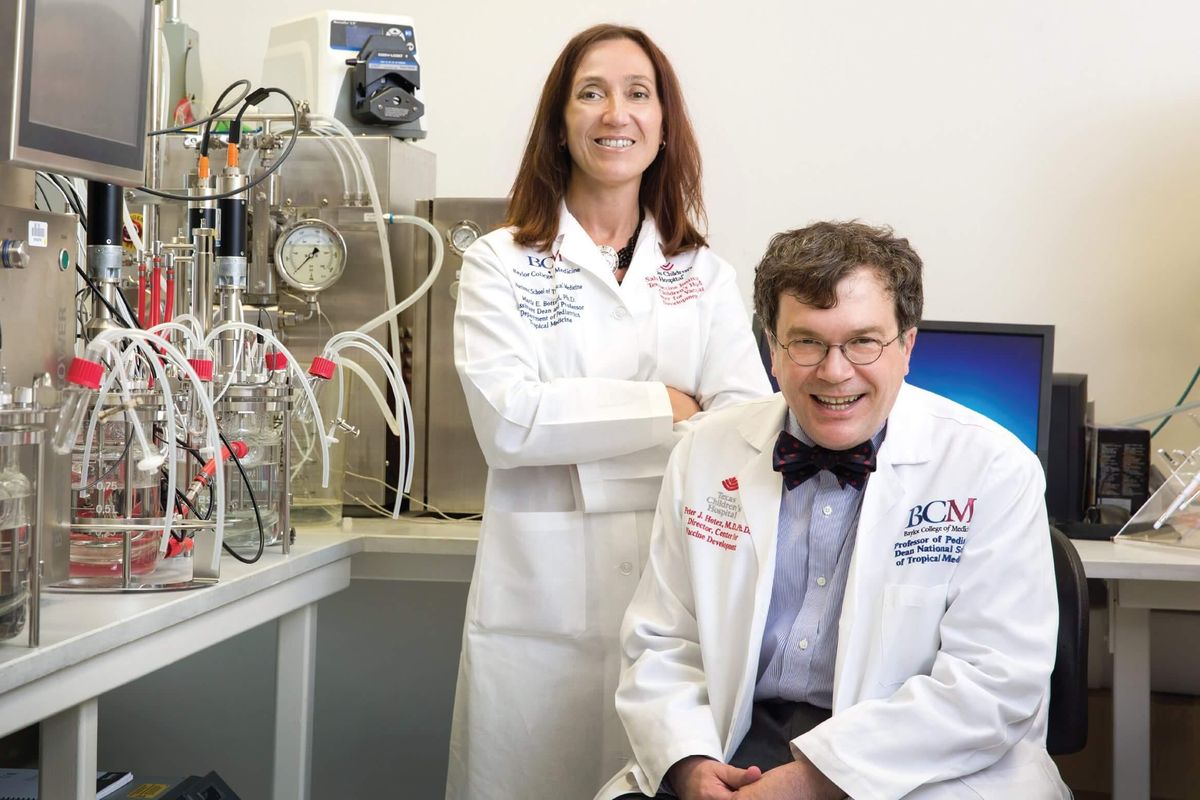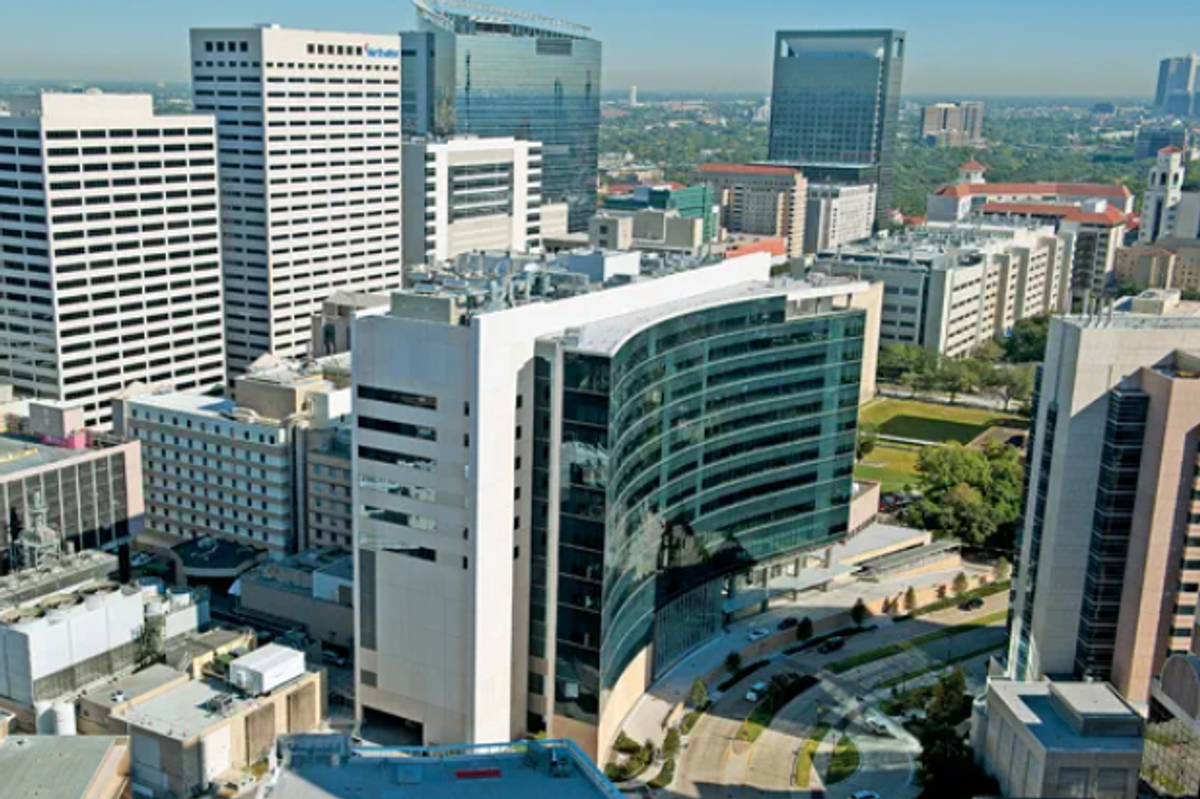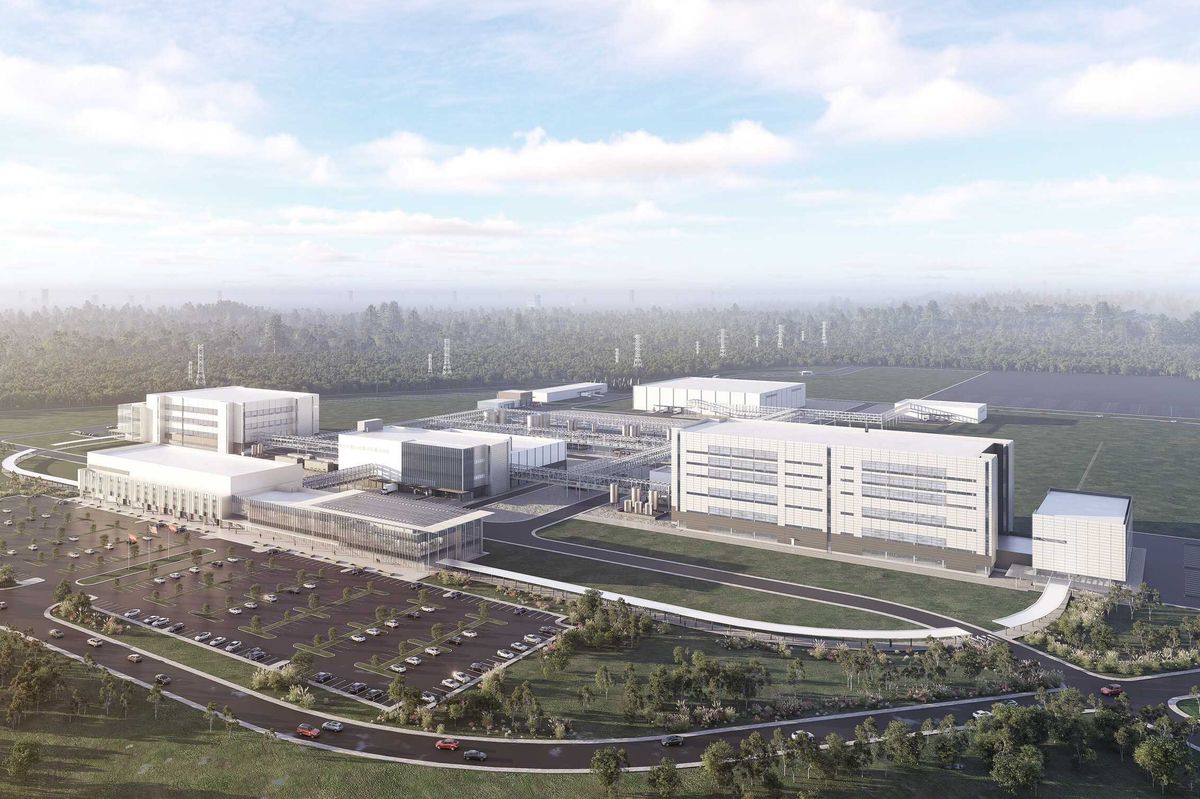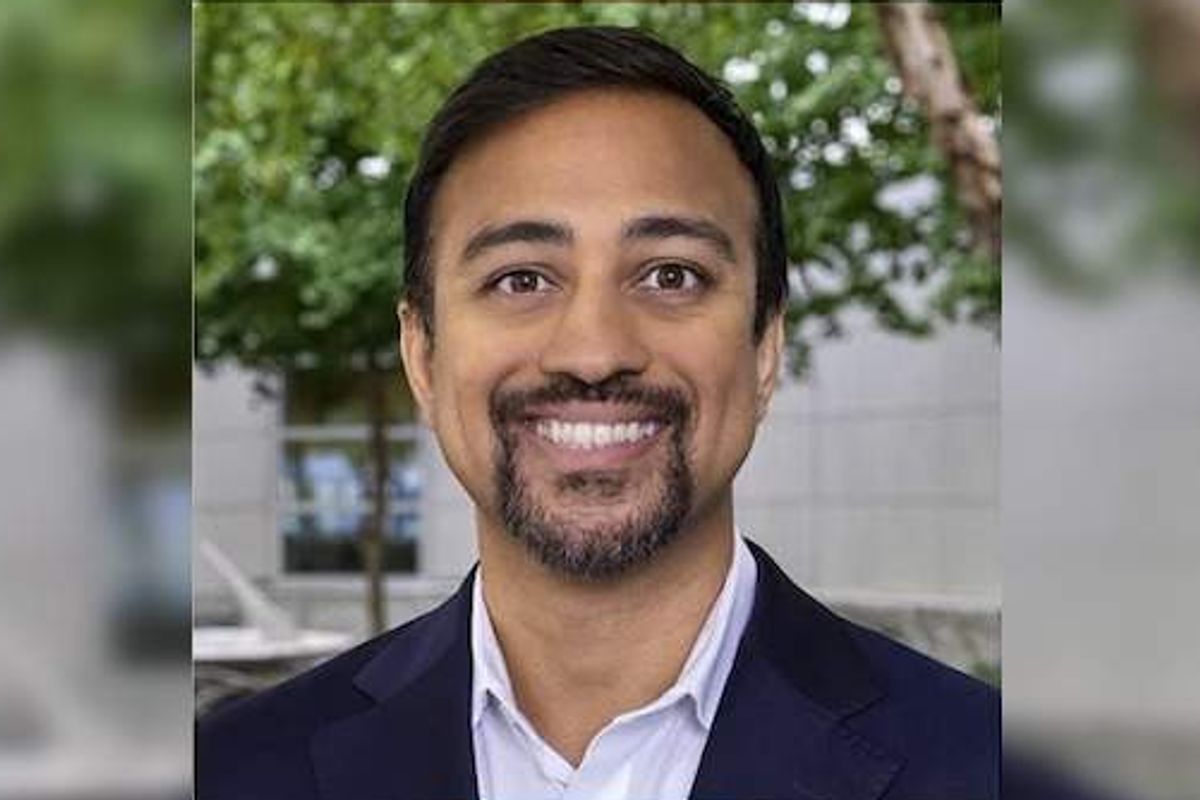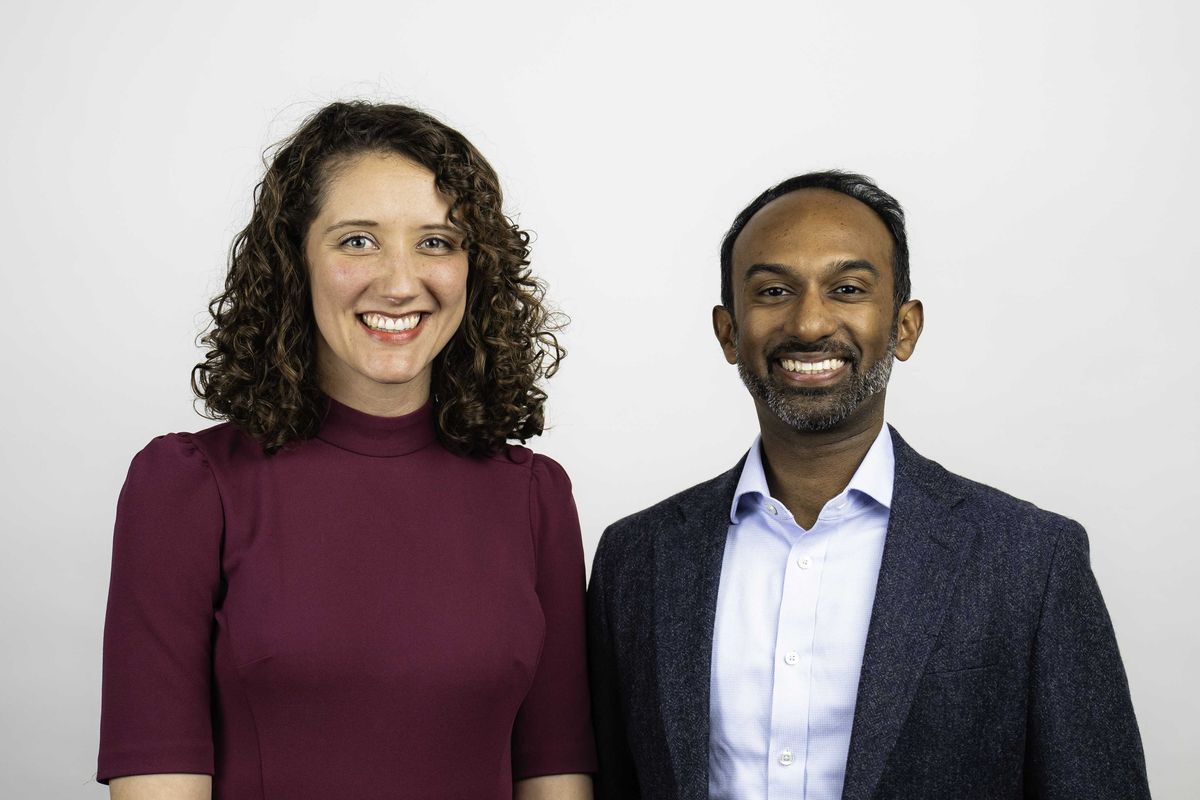6 things startups should know about the latest HR legislation, according to this Houston expert
guest column
In an effort to encourage more workers to save for retirement, the federal government passed the Setting Every Community Up for Retirement Enhancement (SECURE) Act that went into effect in December 2019, benefiting employers that established retirement plans with tax credits and providing employees with an avenue to save for retirement.
To build upon this retirement savings legislation, the U.S. House of Representatives recently passed a bill entitled, Securing a Strong Retirement Act of 2022, by an overwhelming bipartisan majority. This bill has been nicknamed SECURE Act 2.0 because it builds on the original SECURE Act. Although the SECURE Act 2.0 is not yet a law and requires consideration by the U.S. Senate, its powerful appeal in the U.S. House of Representatives is a strong indicator of further developments to retirement savings legislation in the not-so-distant future.
While the SECURE Act 2.0 affects all businesses, it appears that startups and small businesses may have the most to gain from the legislation in its current state. Below are six areas leaders of startups and small businesses should consider.
Boosts primary goals
The SECURE Act 2.0 is designed to boost the initial efforts of phase one by focusing on additional ways to address serious concerns about the adequacy of retirement savings in the U.S workforce. While it has always been critical for employees to take more responsibility for their retirement savings, now is the time to further elevate the conversation by appealing to employers and educating workers about investing early and the power of compound interest.
When more startups and small businesses offer retirement savings plans, it lays a foundation to increase the number of plan participants and improve their financial well-being. If the bill is passed, projections indicate at least a 10 percent increase in overall employee participation, which helps move the needle in a positive direction to advance retirement savings initiatives.
Offers employer incentives
The SECURE Act 2.0 provides significant incentives for startups and small businesses establishing retirement plans by doubling tax credits and number of employees who qualify. For businesses with fewer than 50 employees, the current tax credit is equal to 50 percent of administrative costs, with an annual cap of $5,000, for three years. However, the SECURE Act 2.0 would increase this to 100 percent for companies with up to 50 employees. It also creates a new credit that allows smaller employers to offset what they contribute to the plan, up to $1,000 per participant. This additional credit is available in full to employers with 50 or fewer employees, and a partial credit is available for employers with 51 to 100 employees. Penalties for some reporting mistakes will also be decreased, helping businesses avoid a negative impact on the bottom line.
Simplifies saving for employees
One of the best ways to save for retirement is through automatic payroll deductions that fund retirement accounts on a consistent basis. Many individuals are either uninformed, overlook the enrollment process, feel it is unaffordable or have other priorities. The SECURE Act 2.0 simplifies saving for employees by requiring employers that establish new plans to automatically enroll new hires in the plans at a pretax contribution level of three percent of their pay. The levels would escalate one percent annually up to at least 10 percent; however, they cannot exceed 15 percent of pay. There are some exceptions, including for small businesses with 10 or fewer employees. Although employees have the option to opt out of the program, in theory, it is simpler to remain enrolled, which can lead to increased financial security.
Appeals to multiple generations
With at least four generations currently in the workforce, employees are at different stages on their road to retirement, so the SECURE Act 2.0 takes the various groups into consideration. With older employees remaining in the workforce longer, the bill raises the age for required minimum distributions from 72-75 based on a phased approach. In addition, for employees aged 62-64, the catch-up contributions would be increased to $10,000 starting in 2024. However, starting in 2023, all catch-up contributions – affecting everyone age 50 and older – would have to be made to Roth accounts allowing the money to be taxed sooner. The benefit of Roth accounts is that distributions are tax-free.
The SECURE Act 2.0 provides the statutory basis for employers to match contributions for student loan debts based on employees’ student loan payments, even if employees are not making retirement contributions, which helps younger employees consumed with student loan debt continue to pay off loans, while getting retirement accounts started. It also addresses the influx of more long-term, part-time workers with at least 500 hours of service a year, by reducing the eligibility period for them to participate in a retirement plan from three consecutive years to two years, which is effective in 2023. With a broad appeal, startups and small businesses can rest assured that implementing a retirement plan will make a difference and benefit all workers.
Attracts and retains talent
When startups and small businesses evaluate their employee benefits, more weight is typically placed on providing health care benefits, as opposed to retirement plans, so they lag behind larger companies that offer 401(k) plans. As the competition for talent continues, smaller companies should consider establishing retirement plans to attract and retain top performers and gain a more competitive advantage. Through the SECURE Act 2.0, startups and small businesses would receive incentives to help level the playing field, so now is the time to develop a strategy and be prepared if/when the bill is passed.
Requires professional assistance
Based on the current timeline, employers have roughly eight months to prepare, so it is vital to take the proper steps for their businesses. Establishing a 401(k) plan can be complicated and overwhelming for leaders at startups and small businesses, especially given their limited time and resources. Leaders should seek professional assistance rather than try it on their own for numerous reasons, including investment selection, fiduciary liability and payroll integration.
While providers such as banks, attorneys, accountants, insurance brokers and investment advisors may suffice, it is likely more efficient and cost effective to enlist a full-service HR provider that seamlessly handles HR administration and payroll processing, employee benefits, retirement services and more for a comprehensive approach to supporting startups and small businesses.
As startups and small businesses look for ways to move their companies forward, they should consider the benefits of establishing a 401(k) plan that not only attracts and retains top talent, but also helps to instill a greater sense of financial responsibility and well-being for the future of American families.
------
John Stanton is vice president of retirement services operations with Houston-based Insperity.

